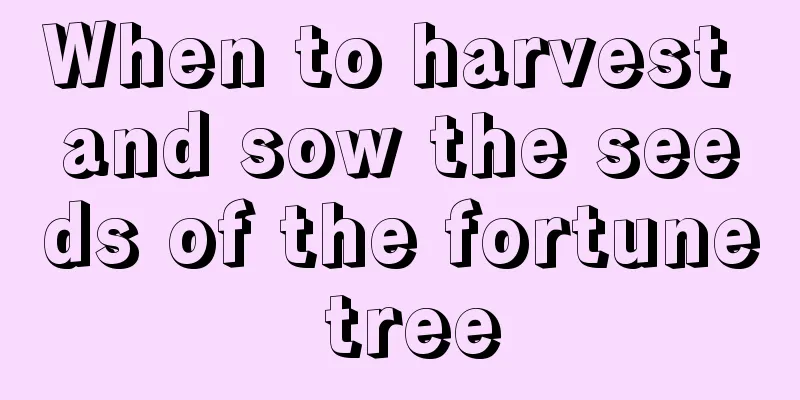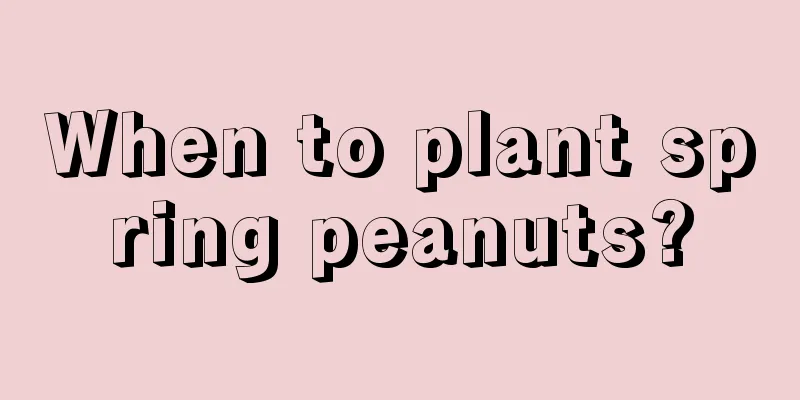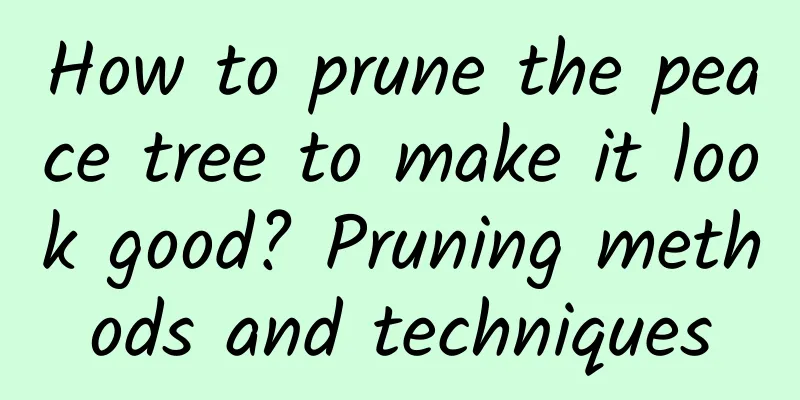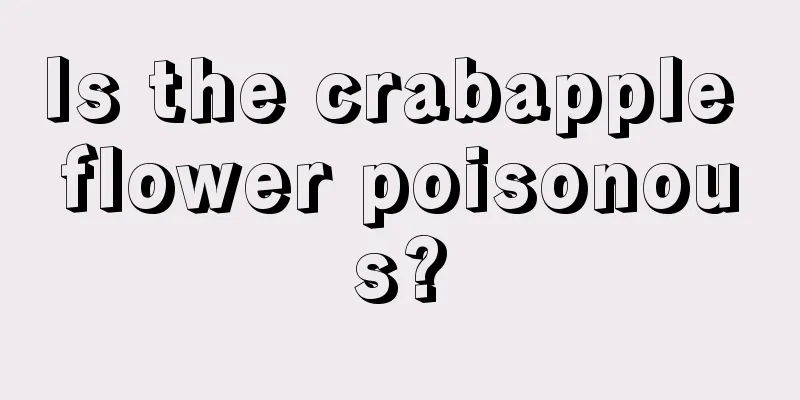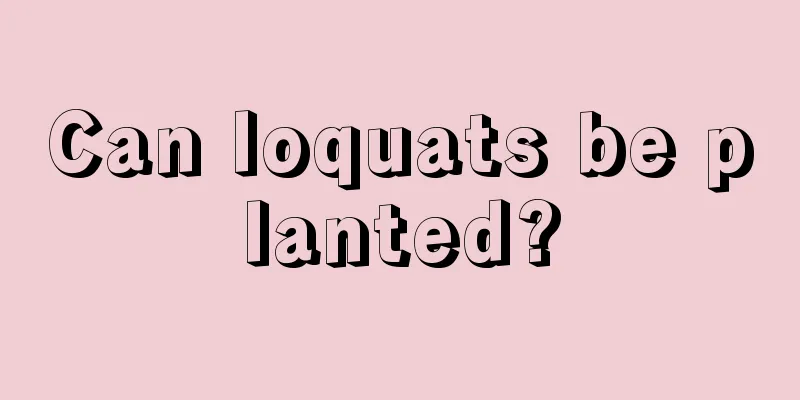Cultivation methods and precautions of red spot grass
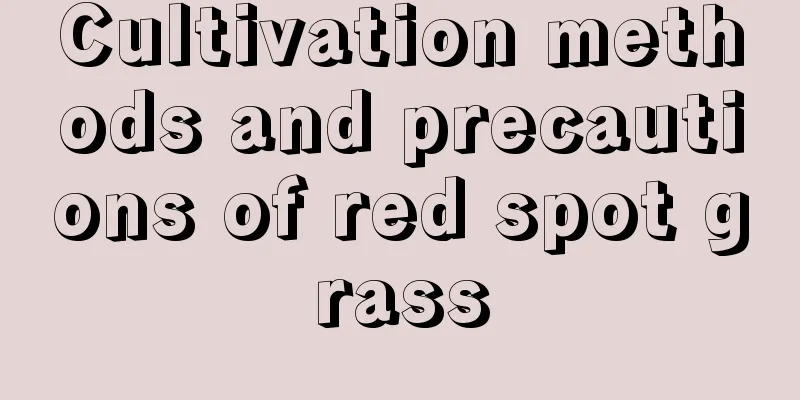
How to cultivate red spot grassRed dot grass soilRed spot grass likes loose, breathable, well-drained, deep, fertile, humus-rich, slightly acidic soil. Temperature of red grassThe normal growth temperature of red spot grass is between 15-18℃, and the wintering temperature should be above 12℃. It is not resistant to severe cold, so you must keep warm in winter, place the red dot grass indoors, and ensure that the room temperature is above 12℃. When the temperature is too high in summer, pay attention to shading, cooling and ventilation. Moisture content of red grassRed spot grass likes a humid growing environment. During the normal growth period, pay attention to the moisture of the potting soil and water it frequently. When the temperature is too high in summer, you should increase the frequency of watering and spray water on the leaves to increase the humidity of the air. Lighting of Red Spot GrassRed spot grass likes warm and humid semi-shady environment and likes light, but requires partial shade or partial light. Appropriately increasing direct light can make the leaves more shiny. Fertilization of red grassRed spot grass does not require fertilizer very frequently, and only needs to apply nitrogen, phosphorus, potassium fertilizer or Taiwan Fertilizer Quick-Acting No. 1 once a month. Red spot grass is susceptible to stem rot during its growing season. You can mix pentachloronitr powder and dichlorodiphenyltrichloroethane powder and add water for irrigation, or you can use carbendazim and methyl tobacillus for prevention and control. Precautions for red spot grasspruneAfter the red dot grass blooms, the branches will die along with the flowers. The dead branches should be cut off to promote the growth of new branches at the roots. When the plant grows too fast, it is necessary to pinch the top of the plant in time to promote multiple branches and dwarf the plant, thereby improving its ornamental value. When the plant is too tall and the lower leaves fall off, it needs to be pruned again. Replacing potting soilWhen transplanting red dot grass, mix the original soil into the new pot. Half new and half old is best. This can prevent it from dying due to environmental discomfort. |
<<: What are the varieties of alum root?
>>: How to grow succulent plants Ruby
Recommend
What to do if camellia leaves have black spots
Leaf spot Black spots appear on camellia leaves, ...
Varieties of Perilla
Wild Perilla The scientific name is Perilla frute...
Cultivation methods and precautions of Dutch chrysanthemum
Chrysanthemum is a very beautiful chrysanthemum w...
How to grow fairy fingers and how to make them bloom
1. Adequate sunlight Sunlight is a necessary fact...
Can lard residue be used as fertilizer?
Lard residue as fertilizer Lard residue can be us...
Pepperwood Pruning Tutorial
1. Time Selection Pepper tree pruning can be done...
How to grow lotus root
1. Soil: Lotus is not very demanding on soil qual...
How many years does the fire ginseng fruit bear fruit?
Introduction to planting fire ginseng fruit The f...
Taboos for growing cyclamen in winter
Failure to move indoors in time We all know that ...
How to prune pine red plum
When to prune pine red plum It is usually more ap...
The 20-meter-tall Monstera king has climbed all over the neighbor's wall. What powerful material did he use?
How to grow Monstera, it will sprout new leaves i...
It depends on who you are and what kind of flowers are suitable for you.
Flowers suitable for women People often say that ...
Can blueberry trees be grown in Hunan?
Can blueberry trees be grown in Hunan? Blueberry ...
How to divide the money tree
Money tree division time Money tree is a perennia...
How to grow cornflowers on the balcony and what to pay attention to
1. Lighting Cornflower is a long-day plant and ne...
